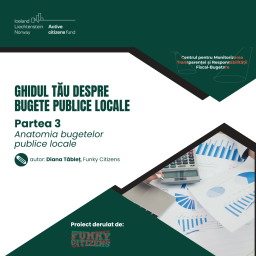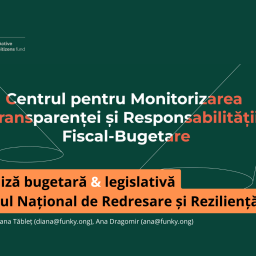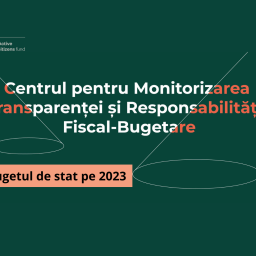Starting with the first parliamentary session last year, we launched this assessment of legislative activity that we called, simply, "Keeping an eye on Parliament". As part of this project, we have so far launched two other analyses, for the February - June of 2021 sessionand the September - December of 2021 session, and of course, the one you are reading now, for the first session of the year 2022 – February-June.
We have collected and analyzed the data on the activity of the parliamentarians so far and we present to you what the 466 parliamentarians managed to do, how the poles of power and the functions in the Chamber of Deputies and the Senate changed with a new political majority and how the elected officials succeeded to legislate extremely quickly on some subjects and still miss some already old promises.
The previous parliamentary session was marked by the outbreak of the aggression of the Russian Federation in Ukraine, which led to a greater influx of emergency ordinances (25% more than in the similar period in 2021). Also, the parliamentary session was one in which the governing coalition was a comfortable one, theoretically making the legislative process much easier for government priorities.

In order to better understand the following analysis and the work of the country's only legislative authority, we have structured all the theoretical data in a document that we invite you to go through here.














